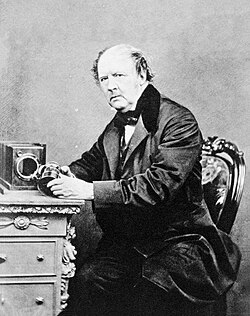Contents
| 1800 in Great Britain |
|---|
 |
| Other years |
| Countries of the United Kingdom |
| Sport |
| 1800 English cricket season |
Events from the year 1800 in Great Britain.
| 1800 in Great Britain |
|---|
 |
| Other years |
| Countries of the United Kingdom |
| Sport |
| 1800 English cricket season |
Events from the year 1800 in Great Britain.





